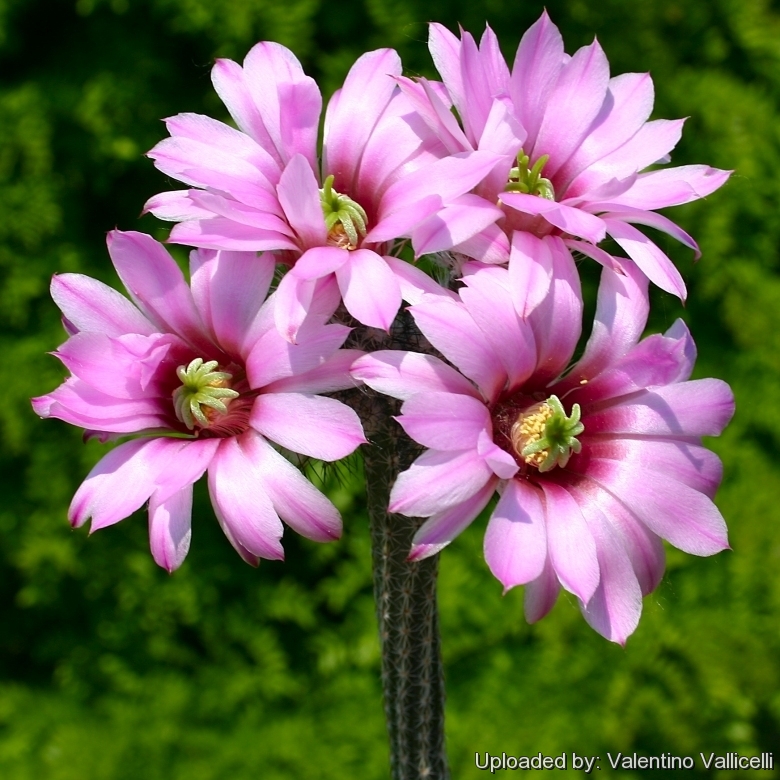
Echinocereus poselgeri Photo by: Valentino Vallicelli
(SB852 Jim Hogg Co, Texas, USA) has bright pink flowers, and makes a spectacular sight and an interesting addition to any collection.
Origin and Habitat: West & South West USA (Texas) and Mexico (Coahuila, Nuevo Leon, Tamaulipas)
Locus typicus: USA: Texas, near the Rio Grande.
Altitude range: From low elevations up to 1,150 metres above sea level.
Habitat and Ecology: The species grows in xerophyllous scrub in alluvial soils. This species prefers to clamber through woody vegetation for support of its slender, drab stems. It occurs in sandy soils of valleys and hills in semidesert brushlands. This species is widely used locally, but it is still abundant and widespread and not declining at a rate sufficient to qualify for a threatened category.
Synonyms:
See all synonyms of Echinocereus poselgeri
Common Names include:
ENGLISH: Pencil Cactus, Lead pencil Cactus, Dahalia Cactus, Dahlia Hedgehog Cactus
SPANISH (Español): Zocoxochitl, Sacasil
Description: Shrubby, scarcely branched, initially erect, later sprawling or clambering.
Stem: Very tall and slender, dark coloured up to 1.2 m long and 2 cm in diameter.
Ribs: 6-10.
Spines: Tan-greyish white; 1 central up to 9 mm long, enlarged at its base, 4mm long; 8-15 straight radials, 4,5mm long, closely appressed (except at the stem tip)
Roots: Tuberlike, contrarily to Echinocereus kroenleinii, the underground storage organ similar to dahlia tubers is not capable of producing new shoots. Those sprout out only from the main cut stem. Each plant can have up to 8 tubers, 10-20 mm in diameter, with a length of 60-100 mm. The colour is light brown in youth, later dark brown.
Flower: Pink Rose/Mauve Magenta (Pink-Purple).
Fruits: Ovoidal 20 mm Long, 10-15 mm Ø, dark green to brownish, pulp white
Seeds: Black 1,5 mm.
Blooming season: Late Spring/Early Summer.
Remarks: It apparently looks like some Peniocereus species. However the flowers, fruits, and seeds of Echinocereus poselgeri are characteristic for Echinocereus, somewhat comparable to those of Echinocereus reichenbachi.
Subspecies, varieties, forms and cultivars of plants belonging to the Echinocereus poselgeri group
Bibliography: Major references and further lectures
1) Corral-Díaz, R., Goettsch, B.K., Gómez-Hinostrosa, C., Terry, M. & Heil, K. 2013. Echinocereus poselgeri. The IUCN Red List of Threatened Species. Version 2014.3. <www.iucnredlist.org>. Downloaded on 25 May 2015.
2) Taylor, N.P. (1985): “The Genus Echinocereus”, A Kew Magazine Monograph: 64. Collingridge Books
3) Edward F. Anderson: The Cactus Family. Timber Press, Portland (Oregon) 2001
4) James Cullen, Sabina G. Knees, H. Suzanne Cubey "The European Garden Flora Flowering Plants: A Manual for the Identification of Plants Cultivated in Europe, Both Out-of-Doors and Under Glass" Cambridge University Press, 11/Aug/2011
5) David R Hunt; Nigel P Taylor; Graham Charles; International Cactaceae Systematics Group. "The New Cactus Lexicon" dh books, 2006
 Echinocereus poselgeri Photo by: Carolina González
Echinocereus poselgeri Photo by: Carolina González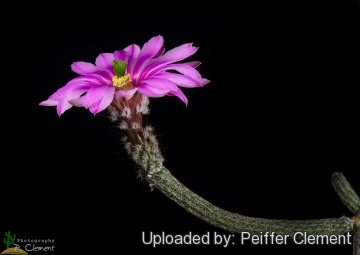 Echinocereus poselgeri Photo by: Peiffer Clement
Echinocereus poselgeri Photo by: Peiffer Clement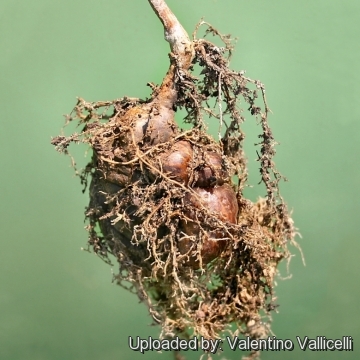 Echinocereus poselgeri Photo by: Valentino Vallicelli
Echinocereus poselgeri Photo by: Valentino Vallicelli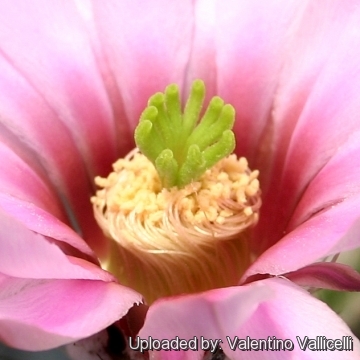 Echinocereus poselgeri Photo by: Valentino Vallicelli
Echinocereus poselgeri Photo by: Valentino Vallicelli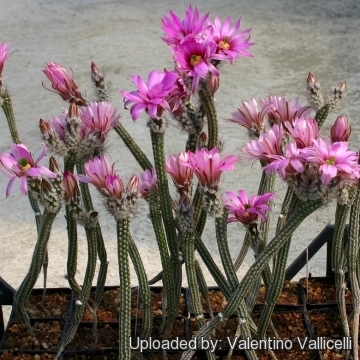 Echinocereus poselgeri Photo by: Valentino Vallicelli
Echinocereus poselgeri Photo by: Valentino Vallicelli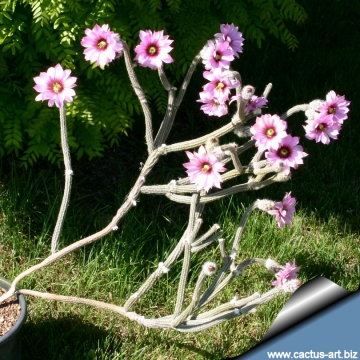 Echinocereus poselgeri Photo by: Cactus Art
Echinocereus poselgeri Photo by: Cactus Art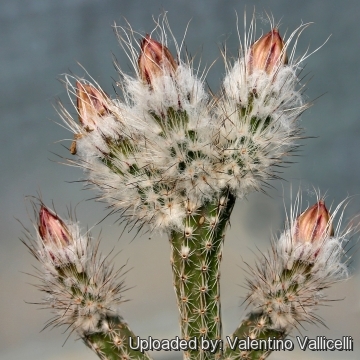 Echinocereus poselgeri Photo by: Valentino Vallicelli
Echinocereus poselgeri Photo by: Valentino Vallicelli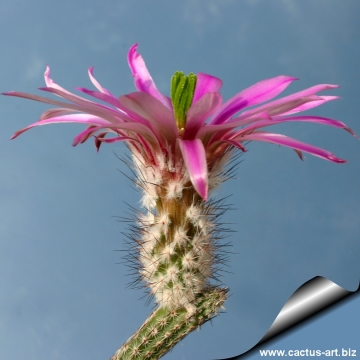 Echinocereus poselgeri Photo by: Cactus Art
Echinocereus poselgeri Photo by: Cactus ArtCultivation and Propagation: Do not over water. They need to be kept in a cool, dry place during winter rest (at -5 +10°C). This is important for the flowers as well as for their health. Without this cool winter period they normally won't get any buds. It is quite frost hardy -7 (-10)° C.
Sun Exposure: Best in full or partial sun exposure. In mild climate they grow well when planted freely outside in well-drained soil.
Traditional uses and Trade: The species is found in Mexican trade, and the root is used locally as veterinary medicine (broken bones) and considered an anti-inflammatory. It is used as an ornamental.
Propagation: Seeds (usually), it also can be grown from cuttings, as it can branch with time.
Your Photos
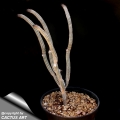
by Cactus Art

by Carolina González
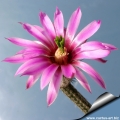
by Cactus Art
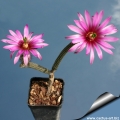
by Cactus Art
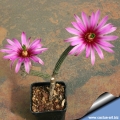
by Cactus Art
























